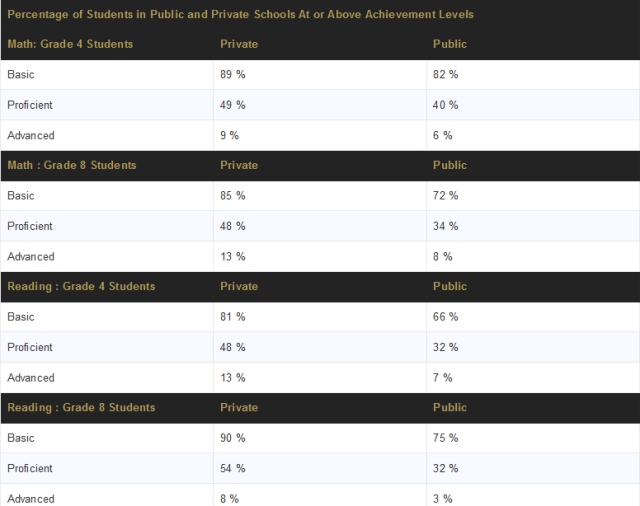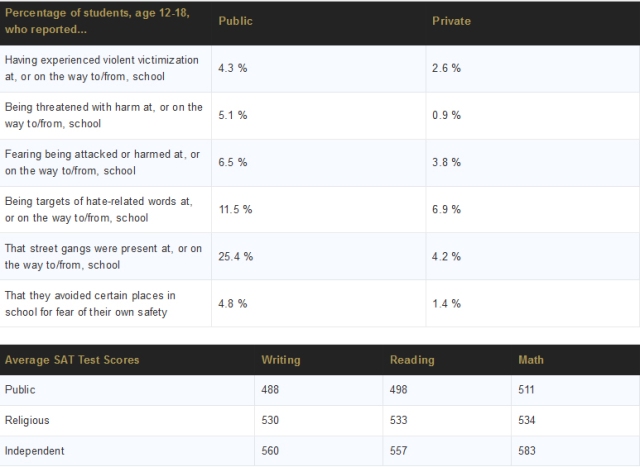by Peggy Campbell-Rush, Author of I Teach Kindergarten
The optimal way to speak to your son is side-by-side. Whether you are trying to gather information, even a question like “How was school today?” you will get more out of your son if you are at his side rather than face-to-face. Boys are biologically predisposed, when confronted face-to-face, to react as if there will be a winner or loser in the conversation. Of course, you will be the loser because your son might either pick a battle or shut down. Try sitting on the couch together or snuggle up to read a book together and then begin your conversation.
Boys love competition. If you say, “I need these toys cleaned up” chances are you will come back and the toys will still lay where they were. However, if you can make it a competition — like, “I bet you can’t pick up these toys in 2 ½ minutes,” or “I think I can beat you and pick up more Legos than you, ready, set, go” — you will find that a boy will dive right in. Make it fun.
Boys have the verbal center spilt between the right and left hemisphere of the brain. This makes it harder for boys to find the right words and to express themselves especially their feelings. Do not be dismayed. You can model some language and words that help your son express his feelings better.
You can help communication with your son by keeping verbal instructions to less than a minute. Give one direction at a time. Use the least amount of words to get your message across. For example, “Go get your backpack.” Rather than, “We have to leave for school in 10 minutes, do you know where your backpack is, I need you to go and find it.” Less is more.
If you have daily routines in your household, show it in photos. Do you have a morning routine? If so, take photos of your son doing each and then post them in a timeline. For example, wake up, get dressed, brush hair, have breakfast, brush teeth, put lunch and snack in backpack, ready to go!
Vision is one of a boy’s best learning aid. Boys rely on vision more than any other sense. Boys see bright colors best. Boys perform better in bright light. Put your son closer to windows with natural light when doing homework or reading at home.
Boys do not hear as well as girls. Scientists say that girls hear sound twice as loud as boys do. Boys have a much higher tolerance for loud noises. Make sure, when you are talking to your son that you speak loudly and clearly.
Boys get the “gist” of things and girls get the “details”. For your son, figure out the most important detail of your message. “The most important thing I want you to remember is…”
Hope these tips help you enjoy your wonderful son even more than you already do.
For more information about independent school education opportunities, visit http://www.Bolles.org.













You must be logged in to post a comment.